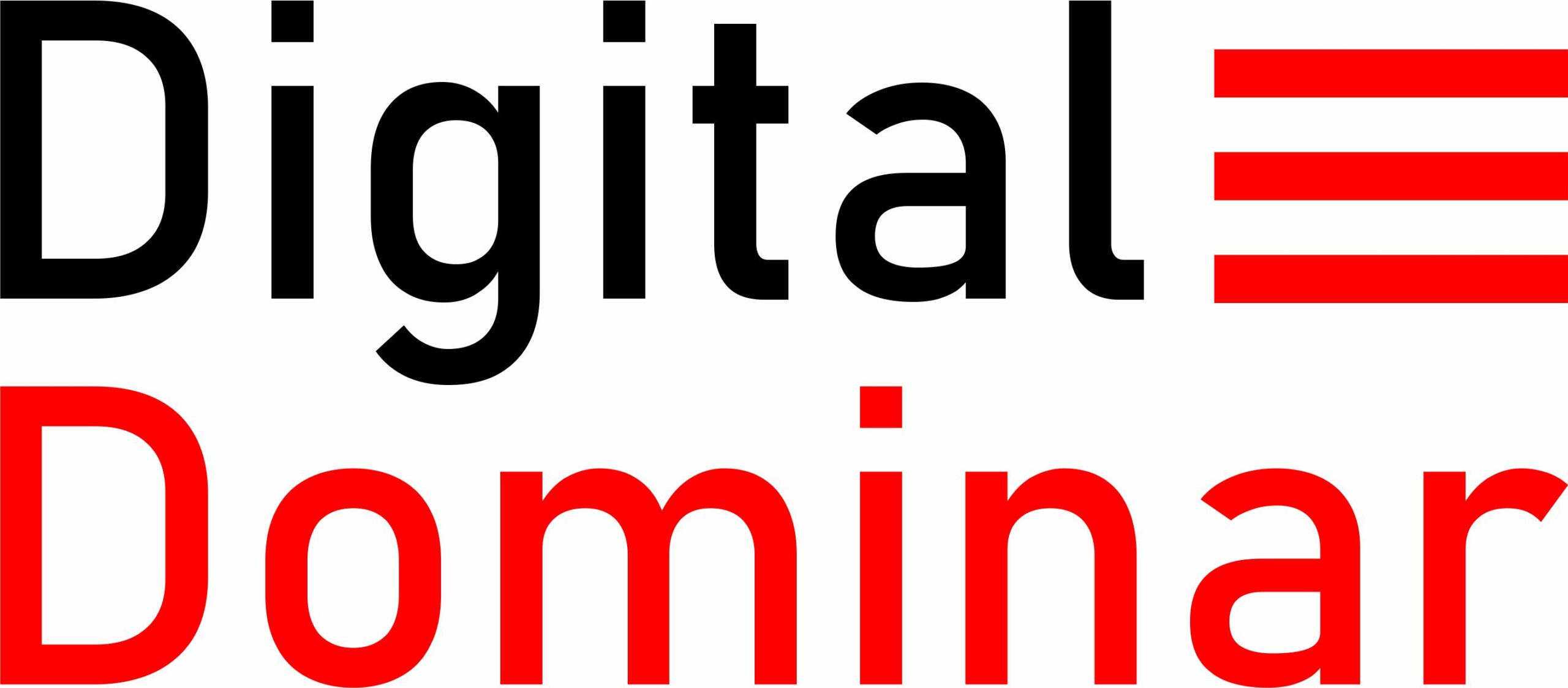Web design in Singapore is a multifaceted field that extends far beyond the realm of aesthetics. It’s a discipline that combines art and psychology to create digital experiences that engage users, guide them through content, and ultimately influence their behaviour. At the heart of this complex interplay are two key elements: colours and layouts.
Colour Psychology
The use of colour in web design is not arbitrary; it’s a strategic choice that can profoundly affect how users perceive a website and its content. Colour psychology delves into the emotional and psychological impact of different colours. Let’s explore some examples:
Red, with its vibrant and attention-grabbing nature, is associated with passion, urgency, and excitement. It’s a colour that can be strategically employed to draw attention to important elements on a webpage, such as buttons or notifications.
Blue, on the other hand, evokes feelings of trust, security, and calmness. Many financial and healthcare websites use blue to instil confidence in their users, as it conveys reliability and professionalism.
Green symbolizes growth, health, and nature. Brands associated with eco-friendliness or wellness frequently incorporate green into their design to establish a connection with these values.
Yellow radiates warmth, positivity, and energy. It’s a colour that can create a sense of cheerfulness and optimism, making it suitable for brands that want to convey these qualities.
Black, with its air of sophistication and luxury, is often employed by high-end brands to communicate exclusivity and a sense of mystery.
Effective web designers strategically choose colours that align with the website’s purpose and target audience. For instance, a charity website aiming to inspire empathy and action may use warm, inviting colours, while a tech company may opt for sleek, modern shades to convey innovation.
Layout and User Behaviour
The layout of a website plays a pivotal role in shaping user behaviour. It influences where users’ eyes are drawn, how they navigate the content, and where they ultimately click. Several layout considerations come into play:
F-Pattern: Research has shown that users tend to scan web pages in an F-shaped pattern. They start with a horizontal scan across the top and a vertical scan down the left side. Savvy designers strategically place important content and calls to action within this pattern to capture user attention.
Whitespace, or empty space around content, is not just about aesthetics; it’s about enhancing readability and reducing visual clutter. Whitespace also directs attention to key elements, ensuring they don’t get lost in a sea of information.
Grids provide a sense of order and consistency in web design. They help maintain visual harmony and make it easier for users to find information. Grid-based layouts are particularly valuable for content-heavy websites.
Typography choices and hierarchy influence how users engage with content. Clear differentiation between headers, subheaders, and body text ensures that users can easily follow the content’s flow and structure.
Responsive Design and User Experience
In today’s digital landscape, responsive design is paramount. It ensures that a website adapts seamlessly to various screen sizes and orientations, providing an optimal user experience regardless of the device used. But responsive design isn’t just about aesthetics; it’s about usability wordpress development services
Users expect fast-loading pages, intuitive navigation, and content that’s easy to consume, whether they’re on a desktop, tablet, or smartphone. Web designers must consider the placement of menus, buttons, and content to accommodate touch-screen interactions. A positive mobile experience can significantly impact user satisfaction and retention.
Conclusion
Web design is an intricate dance of art and psychology, where aesthetics and functionality converge to create engaging digital experiences. The choices made in colours and layouts profoundly impact user behaviour, influencing their perceptions and actions. By understanding the psychology behind web design, businesses and designers can craft websites that look appealing and drive the desired user actions, whether it’s making a purchase, signing up for a newsletter, or simply staying engaged with the content. In essence, web design is not just about what users see; it’s about how it makes them feel and what it encourages them to do.





